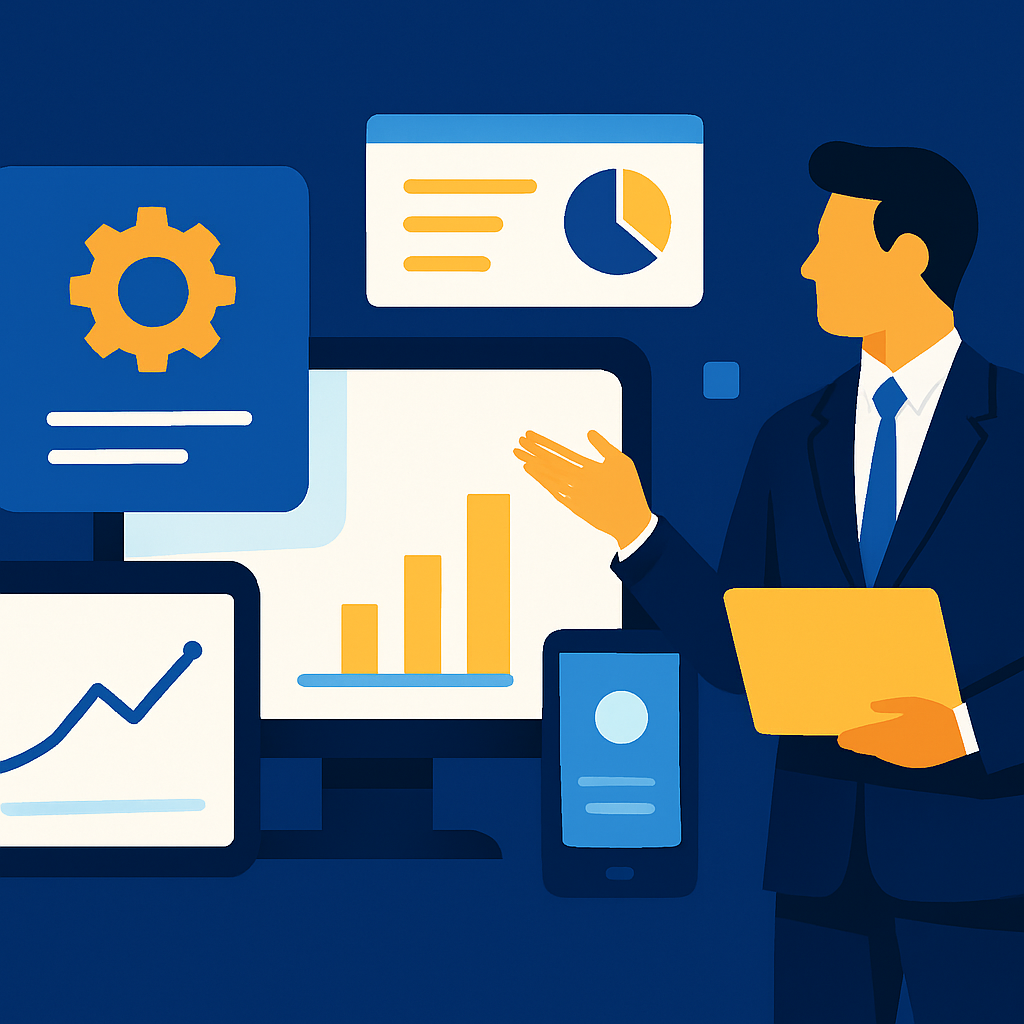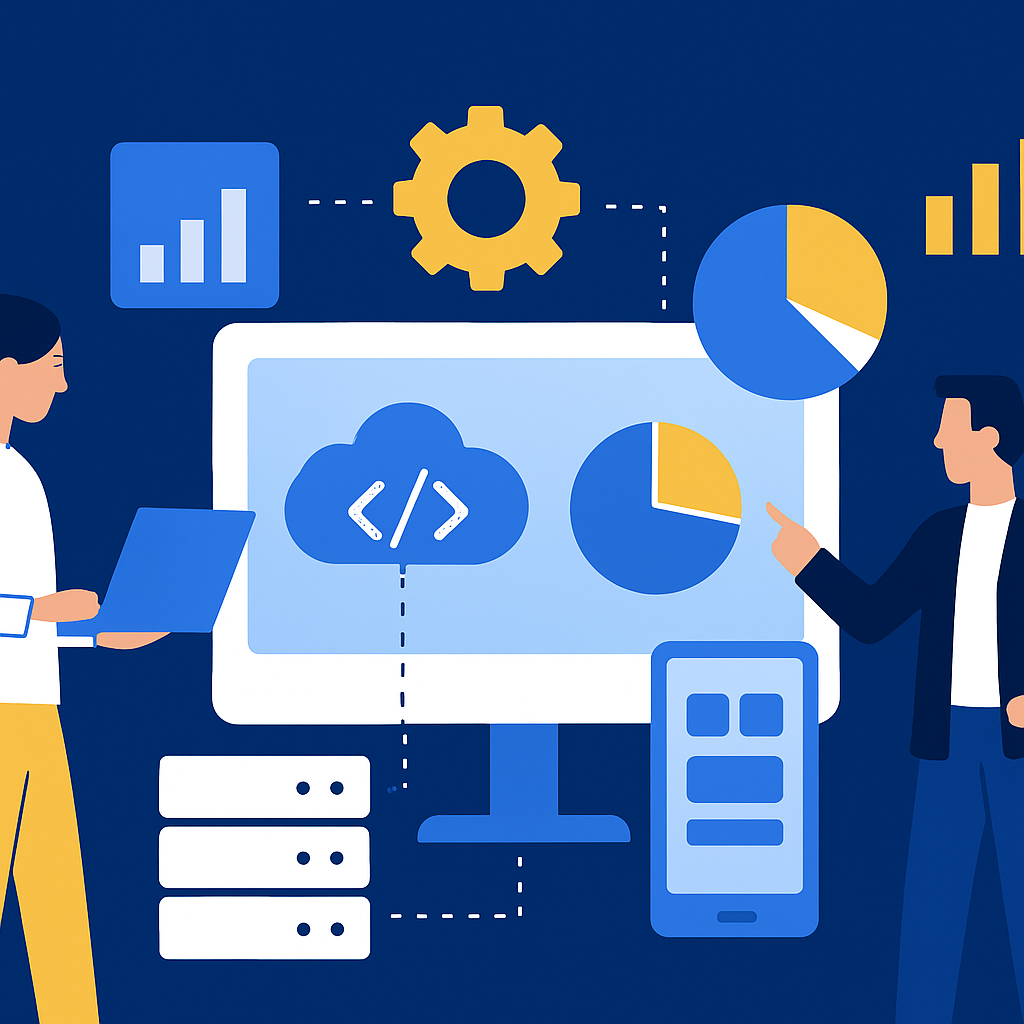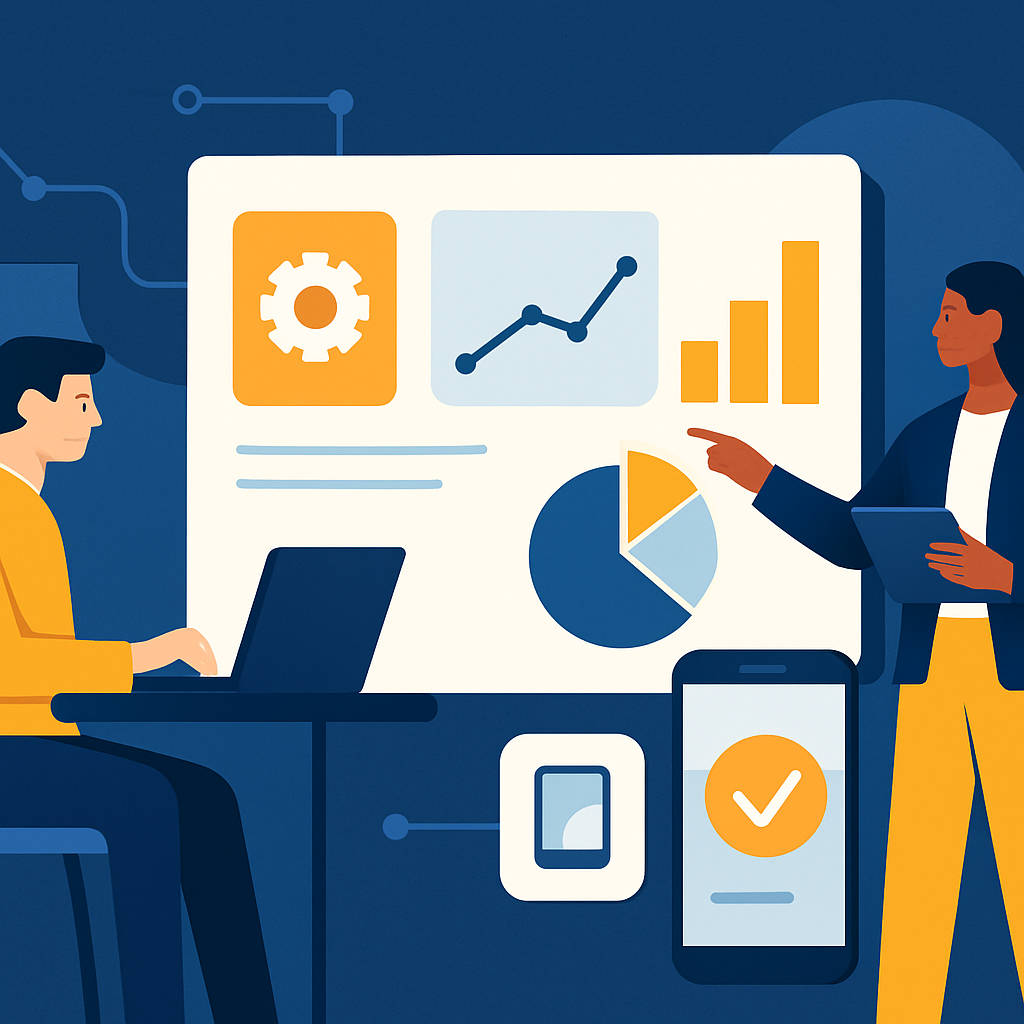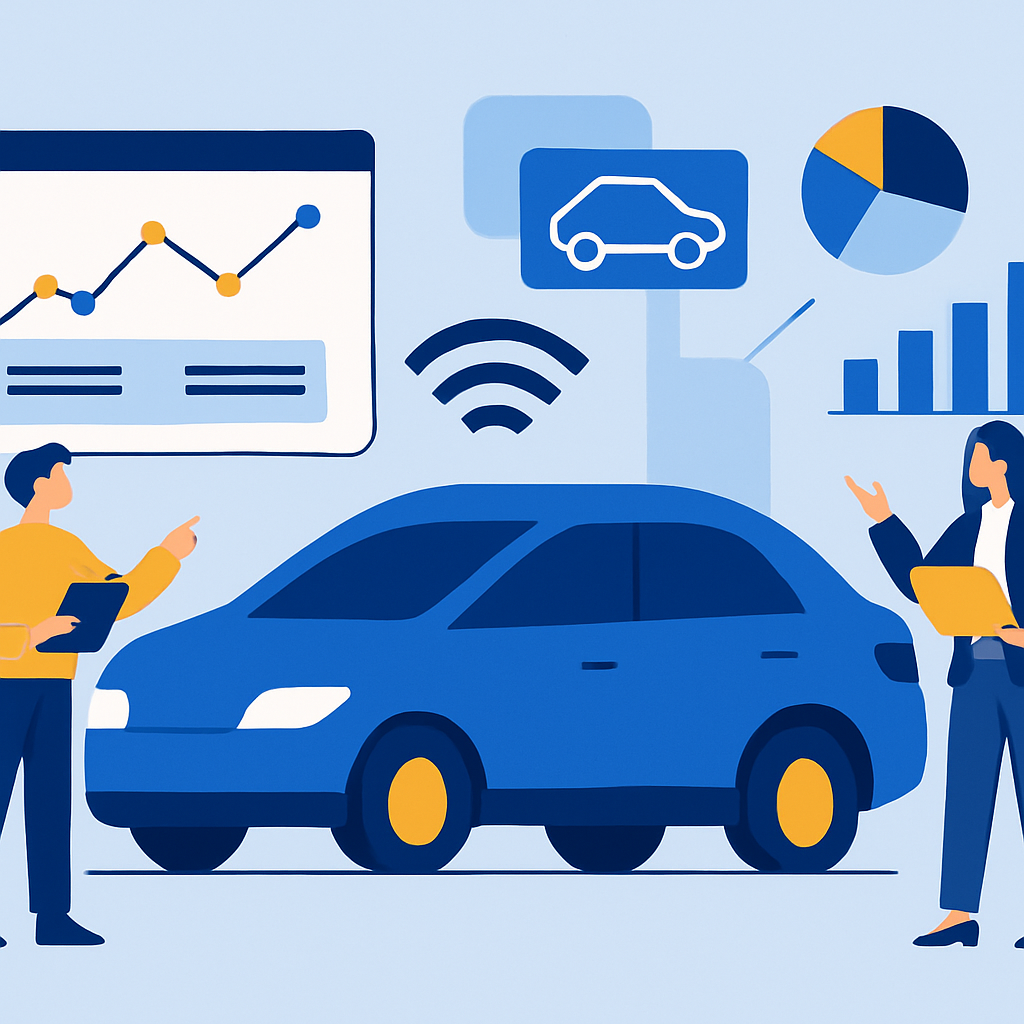
Legacy System Modernization Approaches: A Strategic Guide for C-Level Leaders
For many enterprises, legacy systems form the backbone of critical operations. Yet, these systems often struggle to integrate with modern business models, cloud platforms, and data-driven decision-making tools. The result is a growing chasm between operational capabilities and market demands. For C-level executives and IT decision-makers, modernization is not just a technology upgrade—it is a strategic transformation.
Why Modernization Matters
Legacy systems can hinder innovation, increase maintenance costs, and expose organizations to security vulnerabilities. By modernizing, companies can unlock new efficiencies, improve scalability, and enhance customer experiences. Modernization also enables integration with emerging technologies such as artificial intelligence (AI Solutions), advanced analytics, and cloud-native applications.
Key Modernization Approaches
1. Replatforming
Replatforming involves migrating the existing application to a modern infrastructure—often cloud-based—without significant changes to its core architecture. This approach is ideal for organizations seeking immediate performance improvements and reduced infrastructure costs, while deferring more complex application refactoring for the future.
2. Refactoring
Refactoring entails restructuring and optimizing the existing codebase to improve maintainability, performance, and scalability. While more resource-intensive, refactoring offers long-term benefits by aligning the application with modern architectural patterns such as microservices.
3. Rebuilding
Rebuilding is a complete redevelopment of the legacy system using modern frameworks and tools. This approach maximizes flexibility and future scalability but requires significant investment and rigorous planning.
4. Replacement
Replacing legacy systems with off-the-shelf or SaaS solutions can be a viable option when the existing system no longer meets business requirements. This is often the fastest path to modernization, though it may require process adjustments to fit the new solution.
Strategic Considerations for C-Level Leaders
Assess Business Impact
Before selecting a modernization approach, leaders should evaluate the business impact of legacy systems. Tools like the Legacy System Modernization Framework can help assess technical debt, operational risks, and ROI potential.
Prioritize Security
Modernization must address security vulnerabilities inherent in outdated systems. Partnering with experts in Security Services ensures that new architectures meet evolving compliance requirements and protect sensitive data.
Leverage Data and AI
Integrating modernization efforts with advanced analytics and AI capabilities can amplify business value. For example, incorporating Data Analytics into modernized applications enables predictive insights, while AI Implementation can automate decision-making and enhance operational efficiency.
Implementation Roadmap
- Discovery & Assessment: Conduct a comprehensive audit of existing systems, processes, and dependencies.
- Business Case Development: Quantify the value of modernization using tools like the Digital Transformation ROI Calculator.
- Approach Selection: Choose between replatforming, refactoring, rebuilding, or replacement based on business priorities and technical feasibility.
- Execution: Implement modernization in phases to reduce disruption and manage risk.
- Continuous Optimization: Monitor system performance and evolve capabilities to adapt to market changes.
Overcoming Common Challenges
Budget Constraints: Focus on high-impact areas first to demonstrate ROI and secure additional funding.
Change Management: Engage stakeholders early and communicate benefits to drive adoption.
Skill Gaps: Invest in training and partner with technology experts to bridge capability deficits.
Conclusion
Legacy system modernization is a critical step toward achieving digital transformation. By selecting the right approach, addressing strategic considerations, and leveraging modern technologies, organizations can transform outdated systems into platforms that drive innovation and growth.
Explore our Digital Transformation services to learn how we can guide your organization through a successful modernization journey.


